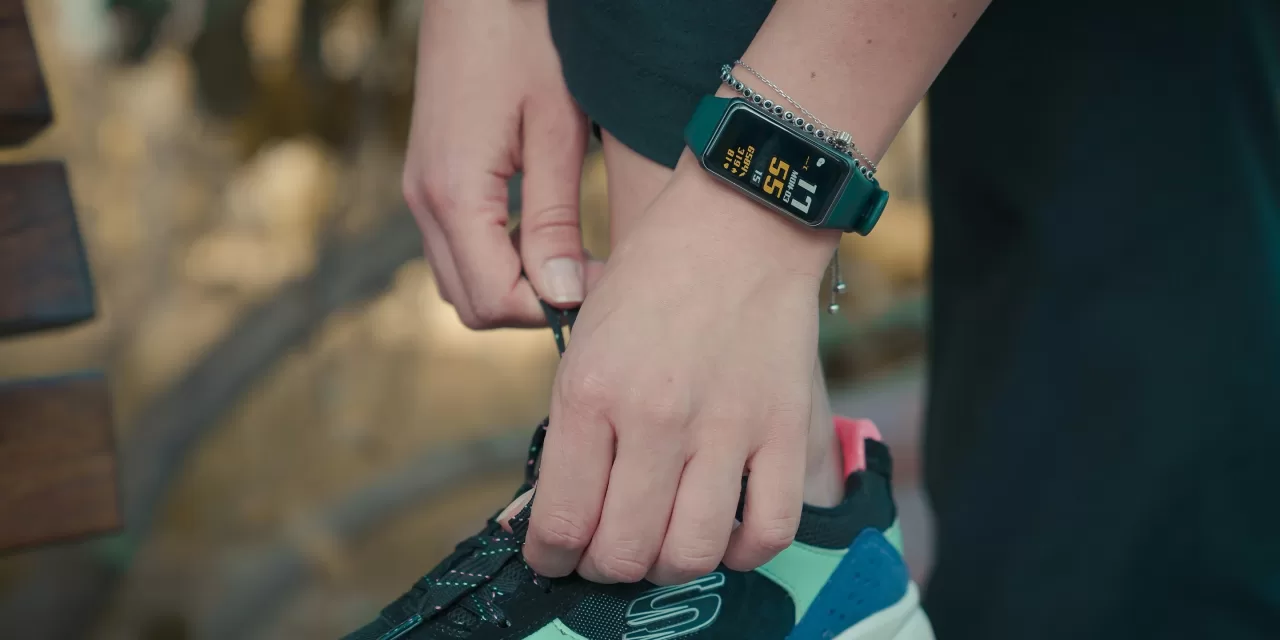Researchers explore the use of wearable technology to monitor and manage bipolar disorder
A recent study by investigators at Brigham and Women’s Hospital has revealed that fitness trackers, in combination with machine learning algorithms, can be used to accurately detect mood episodes in individuals with bipolar disorder (BD). Published in Acta Psychiatrica Scandinavica, the findings suggest that wearable devices, which are already commonly used by millions, could play a pivotal role in monitoring and improving treatment for those suffering from BD.
The study, led by Dr. Jessica Lipschitz and colleagues, aimed to explore whether everyday wearable devices like smartwatches and fitness trackers could provide real-time data on the mood swings associated with BD. Bipolar disorder is characterized by dramatic shifts between depressive episodes and manic or hypomanic states, and accurately identifying these changes is crucial for timely intervention and effective treatment.
“Most people are walking around with personal digital devices that track daily activities and behaviors,” said Dr. Lipschitz, a researcher in the Department of Psychiatry at Brigham and Women’s. “Our goal was to use that data to pinpoint when individuals diagnosed with bipolar disorder are experiencing mood episodes. This approach could revolutionize how we monitor and respond to the needs of patients in real time.”
The study used data collected from commercially available devices, specifically Fitbit fitness trackers, which passively collect data on physical activity, sleep, and other physiological indicators. The researchers applied a new machine learning algorithm to this data, designed for practical use in clinical settings. Their results were promising: the algorithm was able to detect clinically significant symptoms of depression with 80.1% accuracy and mania with 89.1% accuracy.
This method differs from previous research in that it employs easily accessible, noninvasive data collection methods that do not require patients to actively engage with specialized devices or invasive techniques. “Our approach aims to make personalized psychiatric care accessible to a broader population, not just those with high compliance or access to specialized tools,” explained Dr. Lipschitz.
The researchers hope that, in the future, their predictive algorithms could be integrated into routine clinical care, allowing doctors to monitor BD patients’ mood episodes between scheduled appointments. This could lead to more responsive care, with clinicians able to intervene faster when patients experience new or unremitting mood episodes.
Additionally, the researchers are extending their work to include major depressive disorder, another condition characterized by mood instability. By refining these predictive models, they aim to improve outcomes for a wider range of patients suffering from mood disorders.
This breakthrough underscores the potential of digital health technologies to transform the way psychiatric conditions are treated, offering patients and clinicians a more precise, real-time approach to care. With continued development, the integration of machine learning and wearable devices could offer a powerful tool in the fight against mood disorders.
For more information, the study “Digital phenotyping in bipolar disorder: Using longitudinal Fitbit data and personalized machine learning to predict mood symptomatology” can be accessed in Acta Psychiatrica Scandinavica (2024).
Source: Jessica M. Lipschitz et al, Digital phenotyping in bipolar disorder: Using longitudinal Fitbit data and personalized machine learning to predict mood symptomatology, Acta Psychiatrica Scandinavica, DOI: 10.1111/acps.13765











